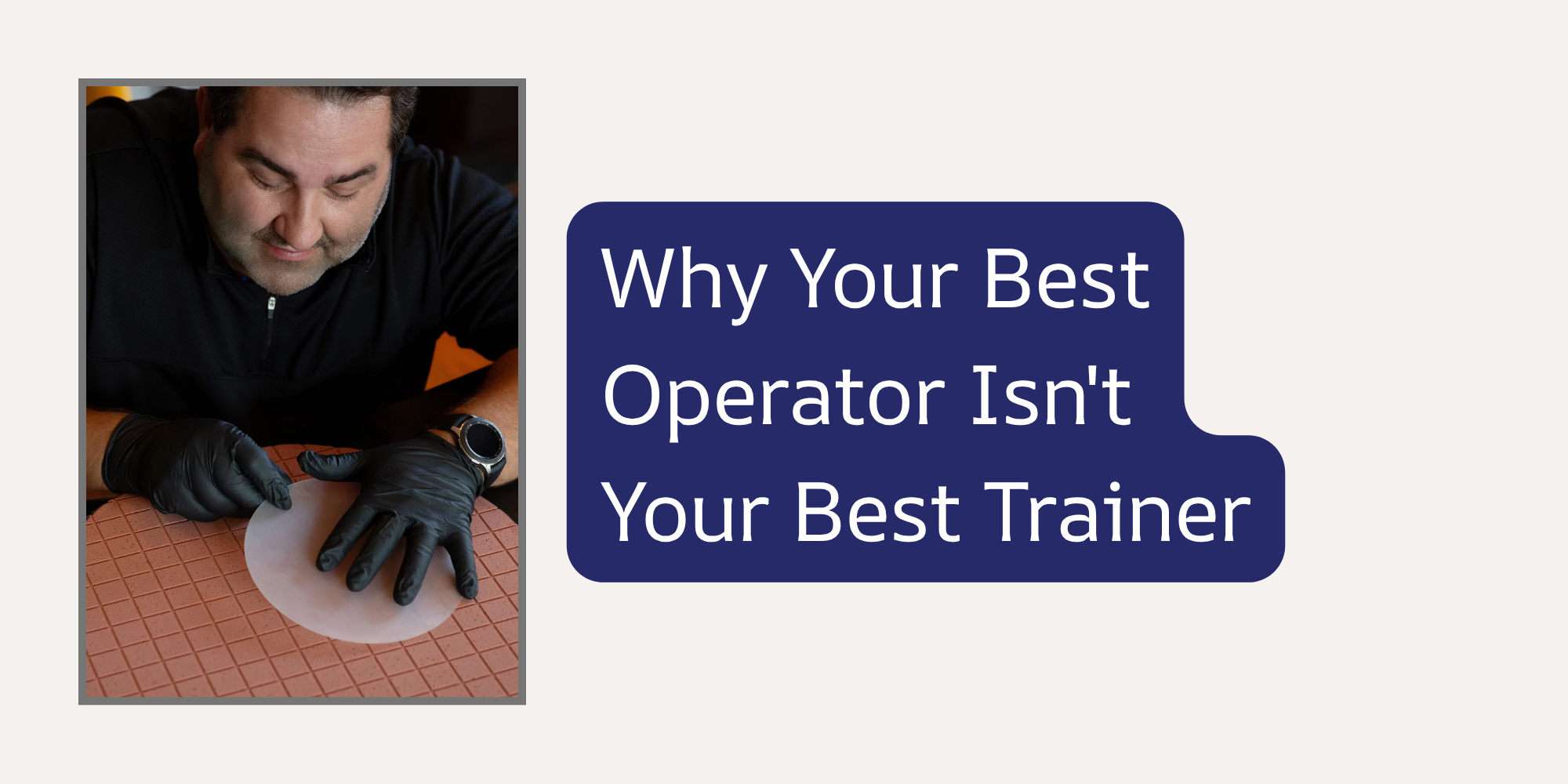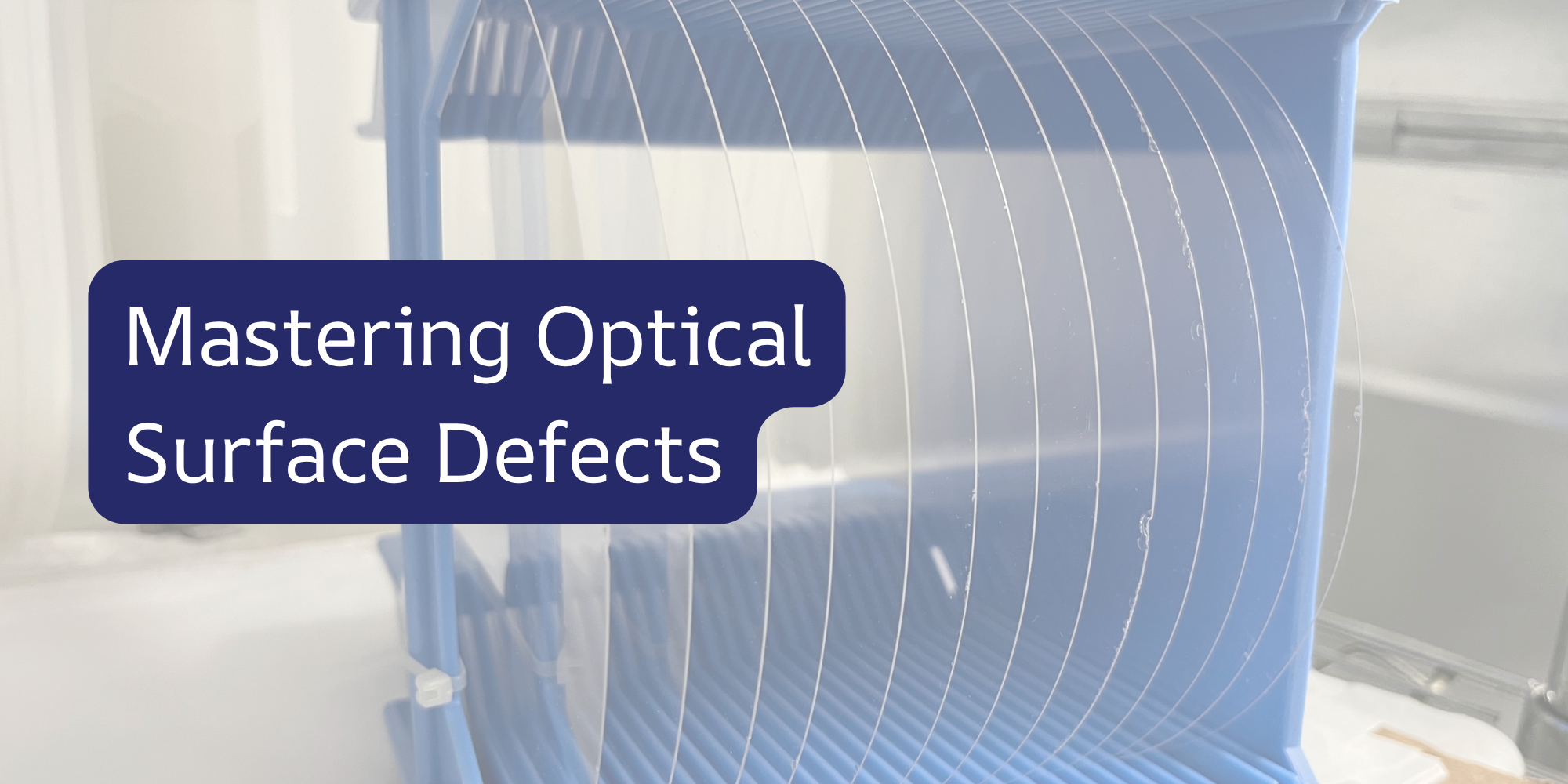Unlock the secrets to achieving ultra-precise surfaces in optical polishing through effective tool flatness correction.
Understanding Tool Flatness in Optical Polishing
Tool flatness is a critical parameter in the field of precision optical lapping and polishing. It refers to the degree to which the tool's working surface adheres to a perfectly flat plane. Any deviations from flatness can introduce errors into the optical components being polished, potentially affecting their performance in critical applications such as laser systems, telescopes, and high-precision instruments. Understanding the principles of tool flatness involves comprehending the types of flatness errors, such as waviness or roughness, and their sources. These errors can originate from manufacturing defects, wear and tear, or improper handling and storage. It's essential for technicians to recognize these factors to maintain the tool's flatness within acceptable tolerances.

Key Techniques for Measuring Tool Flatness
Measuring tool flatness accurately is fundamental to correcting it effectively. Techniques such as interferometry, autocollimators, and laser leveling systems offer high precision in detecting even minute flatness deviations. Interferometry, for instance, uses the principle of light wave interference to measure discrepancies in flatness at a nanometer level. Other methods include the use of precision flats and electronic levels, which can serve as references to gauge the flatness of a polishing tool. These techniques require careful handling and calibration to ensure that the measurements they provide are accurate and reliable.
Strategies for Correcting Flatness in Polishing Tools
Once a deviation from flatness is detected, various strategies can be employed to correct it. Mechanical lapping of the tool against a known flat reference surface is a common approach. This method gradually removes material from the high spots on the tool until a uniform flatness is achieved across its surface. Other correction strategies may involve the use of adjustable tool holders that can compensate for flatness errors or the application of corrective coatings that can fill in low spots. Each method comes with its trade-offs in terms of the time, cost, and the achievable level of precision.
The Impact of Tool Flatness on Optical Quality
The flatness of polishing tools is directly correlated with the quality of the optical surfaces they produce. Uneven tool surfaces can lead to a variety of optical defects, such as astigmatism or irregular power across the lens or mirror surface. These defects can degrade the performance of an optical system, causing issues such as poor image quality or reduced efficiency. In high-precision optics, where the tolerances are often in the order of a fraction of a wavelength of light, maintaining optimal tool flatness is imperative. It ensures that the polished components meet the stringent requirements of their intended applications.
Maintaining Tool Flatness Over Time
Maintaining the flatness of optical polishing tools over time is an ongoing challenge that requires a proactive approach. Regular inspection and maintenance schedules are crucial to detect and correct any emerging flatness issues before they affect production. Implementing proper storage and handling procedures can also extend the life of polishing tools and preserve their flatness. Additionally, the use of high-quality materials and coatings can minimize wear and maintain tool integrity throughout its service life.





